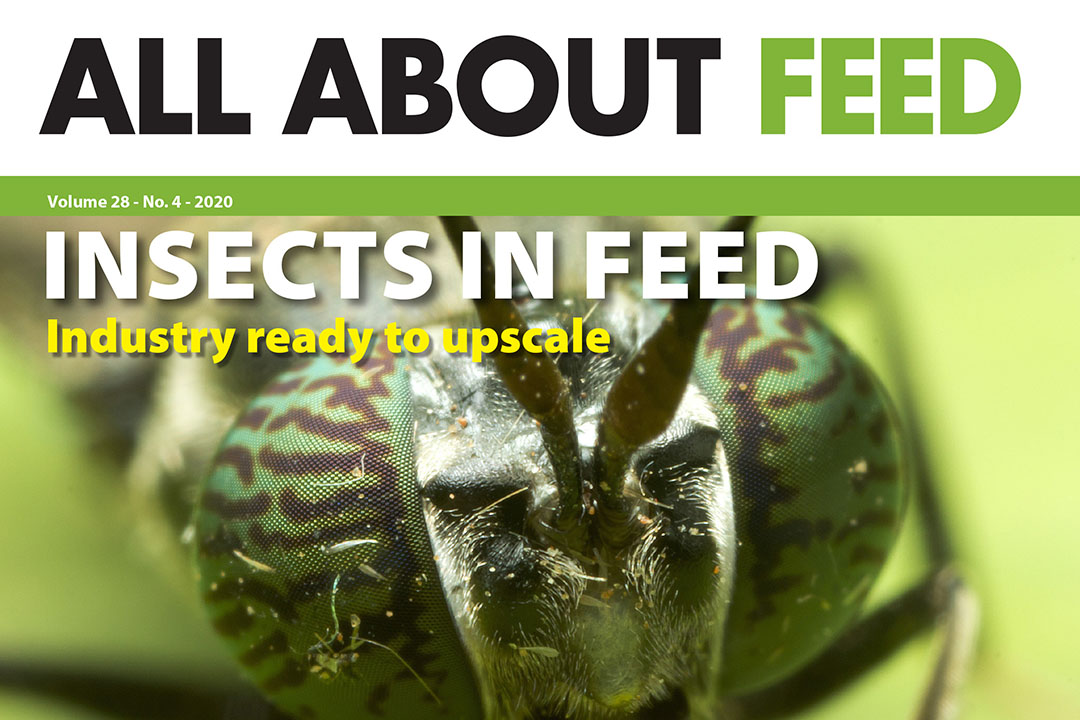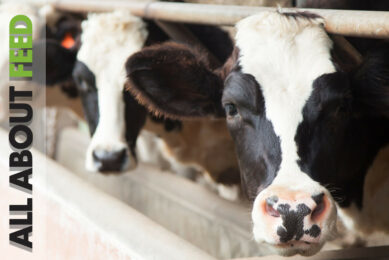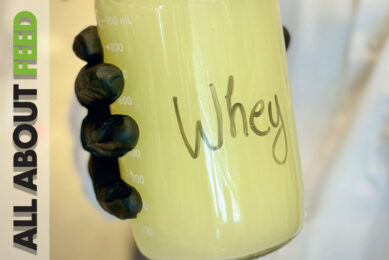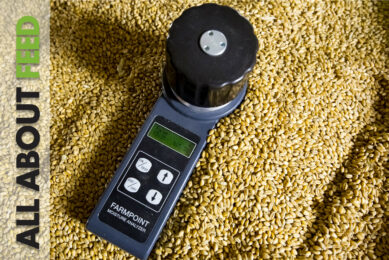Introducing the 4th 2020 edition of All About Feed

In the 4th 2020 edition of All About Feed, we look at how regulations are a challenge in ramping up the production of insects for animal feed, and how systemic issues persist in the importation of feed to Russia. We look at the addition of bile acids to fight ketosis in dairy cows and consider a different approach to detecting mycotoxins. Could sugarcane by-products be the future of feed, and why has canola meal become so popular?
View All About Feed Digital Magazine
Insects in feed: challenge to upscale
Growing and using insects for feed is a sector that has seen significant growth in recent years. Insects offer a good alternative source of protein and can contribute to a more sustainable food chain. The sector is ready to scale up production, but legalities seem to be the biggest challenge.
Russian feed additive industry struggles with regulatory barriers
Russia is one of the world’s largest feed additives importers. Over the past decade, nearly 10,000 applications have been submitted to the Russian veterinary watchdog to register imported feed additives but only 3,000 have been approved. Systemic problems persist.

View All About Feed Digital Magazine
Bile acids in feed to relieve fatty liver and ketosis in dairy cows
High-yielding cows are prone to fatty liver and ketosis, which are nutritional metabolic diseases.
The addition of bile acids to feed can prevent and treat fatty liver, reduce the incidence of ketosis and increase milk production.

Detecting mycotoxin lesions in slaughterhouses
It is standard practice to sample feed ingredients to test for mycotoxin contamination in the feed, but Agrimprove is taking a different approach and looks at mycotoxin lesions in slaughterhouses.

Sugarcane by-products: The future feed
Bagasse and cane trash, which are 2 by-products from the sugarcane industry, have been examined by researchers at Queensland University of Technology to transform them
into quality feed ingredients.

View All About Feed Digital Magazine
Raising the phytase podium
Phytases have been increasingly used in animal feeds, and while effective phytases are currently available on the market, there is still room for improvement.

Canola meal in dairy rations
Countries around the world have started to make use of high-protein canola meal in feed. New research now explains why this feed ingredient has become popular.

Mitigating methane production in the rumen
A 20% reduction in methane emissions could allow growing cattle to gain an additional 75 g/d of weight. There are several feeding strategies that can be adopted to reduce methane production in the rumen. In this article we focus is on the use of fat supplements.

Supplementing pig diets with xylo-oligomers and xylanase
Many US swine producers use xylanase for its positive effect on liveability and feed efficiency. But, how does xylanase achieve this?
To read the full articles, simply click on the digital magazine section and then on All About Feed 2020-4. Registration is free.











